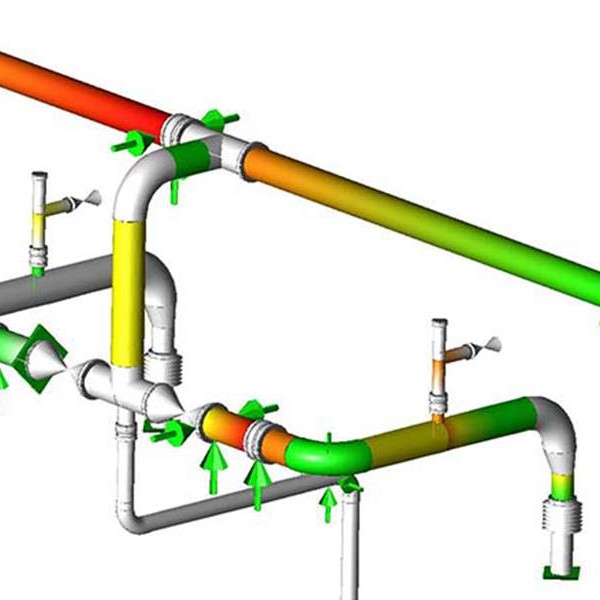
-
 Afrikaans
Afrikaans -
 Albanian
Albanian -
 Amharic
Amharic -
 Arabic
Arabic -
 Armenian
Armenian -
 Azerbaijani
Azerbaijani -
 Basque
Basque -
 Belarusian
Belarusian -
 Bengali
Bengali -
 Bosnian
Bosnian -
 Bulgarian
Bulgarian -
 Catalan
Catalan -
 Cebuano
Cebuano -
 China
China -
 China (Taiwan)
China (Taiwan) -
 Corsican
Corsican -
 Croatian
Croatian -
 Czech
Czech -
 Danish
Danish -
 Dutch
Dutch -
 English
English -
 Esperanto
Esperanto -
 Estonian
Estonian -
 Finnish
Finnish -
 French
French -
 Frisian
Frisian -
 Galician
Galician -
 Georgian
Georgian -
 German
German -
 Greek
Greek -
 Gujarati
Gujarati -
 Haitian Creole
Haitian Creole -
 hausa
hausa -
 hawaiian
hawaiian -
 Hebrew
Hebrew -
 Hindi
Hindi -
 Miao
Miao -
 Hungarian
Hungarian -
 Icelandic
Icelandic -
 igbo
igbo -
 Indonesian
Indonesian -
 irish
irish -
 Italian
Italian -
 Japanese
Japanese -
 Javanese
Javanese -
 Kannada
Kannada -
 kazakh
kazakh -
 Khmer
Khmer -
 Rwandese
Rwandese -
 Korean
Korean -
 Kurdish
Kurdish -
 Kyrgyz
Kyrgyz -
 Lao
Lao -
 Latin
Latin -
 Latvian
Latvian -
 Lithuanian
Lithuanian -
 Luxembourgish
Luxembourgish -
 Macedonian
Macedonian -
 Malgashi
Malgashi -
 Malay
Malay -
 Malayalam
Malayalam -
 Maltese
Maltese -
 Maori
Maori -
 Marathi
Marathi -
 Mongolian
Mongolian -
 Myanmar
Myanmar -
 Nepali
Nepali -
 Norwegian
Norwegian -
 Norwegian
Norwegian -
 Occitan
Occitan -
 Pashto
Pashto -
 Persian
Persian -
 Polish
Polish -
 Portuguese
Portuguese -
 Punjabi
Punjabi -
 Romanian
Romanian -
 Russian
Russian -
 Samoan
Samoan -
 Scottish Gaelic
Scottish Gaelic -
 Serbian
Serbian -
 Sesotho
Sesotho -
 Shona
Shona -
 Sindhi
Sindhi -
 Sinhala
Sinhala -
 Slovak
Slovak -
 Slovenian
Slovenian -
 Somali
Somali -
 Spanish
Spanish -
 Sundanese
Sundanese -
 Swahili
Swahili -
 Swedish
Swedish -
 Tagalog
Tagalog -
 Tajik
Tajik -
 Tamil
Tamil -
 Tatar
Tatar -
 Telugu
Telugu -
 Thai
Thai -
 Turkish
Turkish -
 Turkmen
Turkmen -
 Ukrainian
Ukrainian -
 Urdu
Urdu -
 Uighur
Uighur -
 Uzbek
Uzbek -
 Vietnamese
Vietnamese -
 Welsh
Welsh -
 Bantu
Bantu -
 Yiddish
Yiddish -
 Yoruba
Yoruba -
 Zulu
Zulu
grp car body
The Evolution and Significance of GRP Car Bodies
Glass Reinforced Plastic (GRP), commonly known as fiberglass, has revolutionized the automotive industry, especially in the realm of car body construction. The development of GRP car bodies has offered numerous advantages in terms of performance, safety, and sustainability, making it a popular choice among manufacturers and consumers alike.
Historically, car bodies were predominantly made from metals like steel and aluminum. While these materials provided strength and durability, they often contributed to increased weight, which could negatively impact fuel efficiency and vehicle handling. The introduction of GRP in automotive design marked a significant shift, as it allowed for lighter car structures without compromising safety or durability.
The Evolution and Significance of GRP Car Bodies
In terms of safety, GRP has made considerable advancements. The material is known for its excellent energy absorption properties, which can help mitigate damage during collisions. Unlike metal, which can crumple and create sharp shards, GRP can deform in a way that minimizes injury risks to passengers. Moreover, the inherent resistance of GRP to rust and corrosion ensures that vehicles remain structurally sound over their lifespan, contributing to long-term safety.
grp car body

Sustainability is another critical aspect of GRP car bodies. As the automotive industry faces increasing pressure to reduce its environmental impact, manufacturers have begun to explore more sustainable materials. GRP can be produced using recycled content, and while it is not entirely biodegradable, advances in recycling technologies are improving the prospects for fiberglass materials. Consequently, GRP car bodies can help reduce the carbon footprint of vehicle production and contribute to building a more sustainable future.
In addition to these functional benefits, GRP also offers designers greater flexibility in shaping car bodies. This versatility allows for more innovative and aerodynamic designs, contributing to the aesthetic appeal of modern vehicles. Manufacturers can create unique styles that help distinguish their models in a competitive market, while also improving the aerodynamic efficiency of cars for enhanced performance.
Despite the numerous advantages, there are challenges associated with GRP car bodies that manufacturers must address. The production process for fiberglass can be labor-intensive and requires specialized equipment, which may lead to higher production costs compared to traditional materials. Additionally, while GRP is durable, it can be more susceptible to certain types of damage, such as impact fractures. Addressing these issues involves ongoing research and development to optimize manufacturing processes and material formulations.
In conclusion, the use of GRP in car body construction represents a significant advancement in automotive design, offering numerous benefits in terms of weight reduction, safety, aesthetics, and sustainability. As technology continues to evolve, it is likely that GRP will play an increasingly prominent role in the future of the automotive industry, leading to even more exciting innovations and improvements in vehicle performance. As consumers become more environmentally conscious, the adoption of GRP car bodies reflects a broader trend towards more sustainable practices in automotive manufacturing, paving the way for a greener and more efficient future.
Latest news
-
Exploring the Benefits of Top Hammer Drifter Rods for Enhanced Drilling PerformanceNewsJun.10,2025
-
High-Precision Fiberglass Winding Machine for GRP/FRP Pipe Production – Reliable & Efficient SolutionsNewsJun.10,2025
-
FRP Pipes & Fittings for Shipbuilding - Corrosion-Resistant & LightweightNewsJun.09,2025
-
Premium FRP Flooring Solutions Durable & Slip-ResistantNewsJun.09,2025
-
Premium Fiberglass Rectangular Tanks Durable & Lightweight SolutionNewsJun.09,2025
-
Tapered Drill String Design Guide Durable Performance & UsesNewsJun.09,2025









